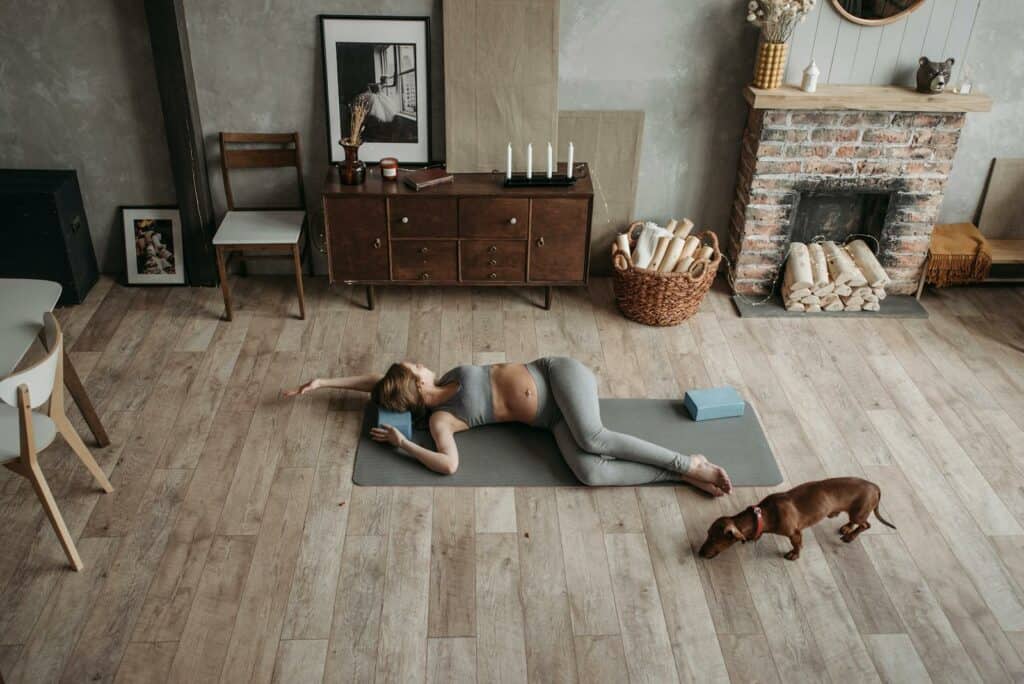How Wellness Practices Benefit Both You and Your Pet
After a particularly long, stressful day, I found myself curled up with my gratitude journal, my dog snoozing beside me. As I jotted down what I was thankful for, I realized just how calming this simple ritual was—not just for me, but for my furry friend, too. It made me wonder: Could the wellness routines we create for ourselves also positively impact our pets?
When it comes to wellness, the benefits go both ways. A happy, calm, and healthy owner can directly impact their pet’s well-being, and a wellness routine can strengthen the bond you share with your pet. Let’s explore some simple wellness practices you can incorporate into your life—and see how they bring joy to both you and your pet.
1. How Your Wellness Impacts Your Pet’s Happiness
Pets are highly intuitive creatures, often mirroring their owners’ emotions and energy. When you feel calm and balanced, your pet benefits from the peaceful energy you create at home. Stress and anxiety in our lives can often translate to stress and anxiety for our pets, especially since they pick up on our body language, tone of voice, and daily habits.
Prioritizing your own wellness isn’t just about you—it’s about creating a relaxed and joyful environment for your pet, too!

2. Daily Walks Together: Strengthening Bonds and Boosting Mood
Daily walks are a powerful wellness practice for both you and your pet. Whether you have a dog who loves adventure or a cat who occasionally enjoys some supervised outdoor time, regular walks get you both moving, reduce stress, and allow you to explore new environments together. Plus, fresh air and movement boost serotonin levels for a happier mood.

3. Creating Calm with Mindful Routines
Mindfulness practices, such as meditation or gratitude journaling, are great ways to center yourself. Taking a few minutes each day to focus on calm and gratitude has been shown to reduce stress and improve mental health. The best part? Your pet benefits from the relaxed energy you bring into the home.
Looking for more mindfulness tips? Discover how gratitude journaling can transform your wellness journey and create a calming environment that even your pet will appreciate.
4. Nutrition for Both: Supporting Health from the Inside Out
A balanced diet is crucial to feeling your best, and it’s just as important for your pet. By choosing nutritious foods and snacks for both of you, you support physical health, boost energy levels, and set the foundation for an active lifestyle. Simple, pet-safe treats like blueberries or apple slices can be shared, reinforcing the bond between you.
5. Building a Consistent Routine Together
Consistency is key to maintaining wellness, and pets thrive on routine. By setting aside a few minutes each day for wellness practices, like a morning walk or evening journaling session, you create structure. This routine is not only calming for your pet but also makes it easier for you to commit to your own wellness goals.

The Way Forward For Animal Wellness
Wellness routines aren’t just for humans—they benefit our pets as well. Whether you’re taking a calming walk, practicing gratitude, or enjoying a nutritious snack, remember that these moments are about building a life that’s healthier, happier, and filled with love. You can also check the blog Foxy Blossom for more mindfulness practices and tips. Embracing wellness practices as a pet owner means creating a home filled with positivity and calm, which benefits you both.



